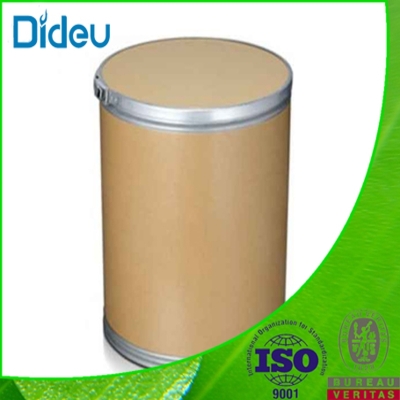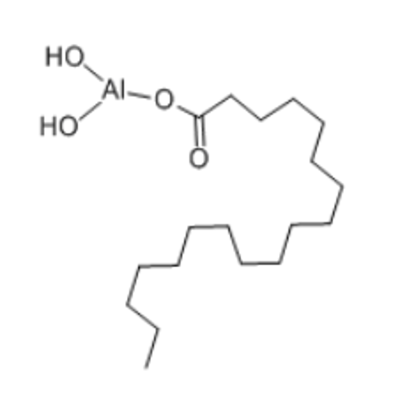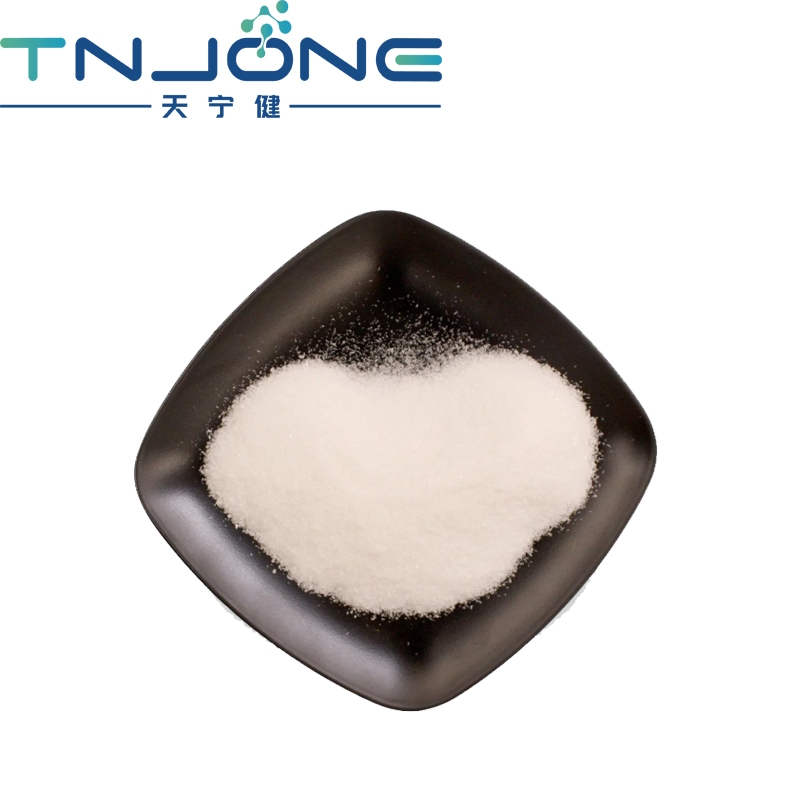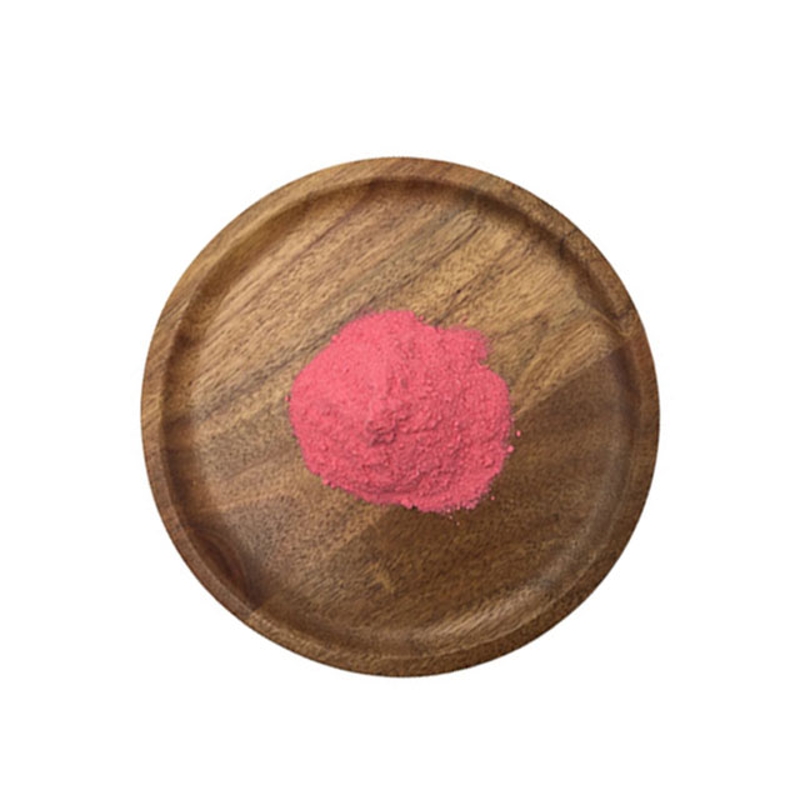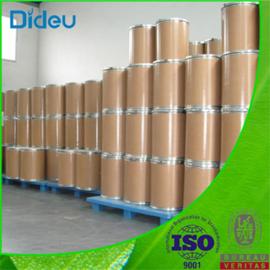Cosmetic Ingredient
- • Abrasive (124)
- • Absorbent (84)
- • Anticaking (66)
- • Anticorrosive (25)
- • Antifoaming (19)
- • Antimicrobials (290)
- • Antioxidant Ingredient (393)
- • Antiperspirant (20)
- • Antiplaque (48)
- • Anti-seborrheic (38)
- • Anti-sebum (39)
- • Antistatic (458)
- • Astringent (162)
- • Binding Agent (172)
- • Bleaching Agent (53)
- • Buffering (191)
- • Bulking (109)
- • Chelating (122)
- • Cleansing (679)
- • Cosmetic Colorant (212)
- • Cosmetic Preservative (158)
- • Denaturant (45)
- • Deodorant (98)
- • Depilatory (27)
- • Dissolving Agent (298)
- • Emollient (795)
- • Emulsifying Agent (480)
- • Emulsion Stabilising (154)
- • Exfoliating (19)
- • Film Forming (299)
- • Flavouring (72)
- • Foam Boosting (161)
- • Foaming (101)
- • Fragrance Ingredient (726)
- • Gel Forming (19)
- • Hair Conditioning (670)
- • Hair Dyeing (363)
- • Hair Fixing (36)
- • Hair Waving or Straightening (45)
- • Humectant (282)
- • Hydrotrope (92)
- • Keratolytic (20)
- • Light Stabilizer (80)
- • Moisturising Agent (50)
- • Nail Conditioning (42)
- • Occlusive (20)
- • Opacifying (119)
- • Oral Care (123)
- • Oxidising (19)
- • Perfuming (2105)
- • Plasticiser (98)
- • Propellant (19)
- • Reducing (50)
- • Refatting (12)
- • Refreshing (26)
- • Skin Cleansing (388)
- • Skin Conditioning (1751)
- • Skin Humectant (21)
- • Skin Protecting (282)
- • Smoothing (31)
- • Soothing (71)
- • Tonics (155)
- • UV Filter (34)
- • Viscosity Controlling (532)
Chemicals as Skincare Ingredients
Related News
-
Shell Considers Partnering with the U.S. and Closing European Chemical Assets
2025-03-26 -
Price Surge Alert as Major Suppliers Increase Barium Sulfate Costs by 200 Yuan per Ton
2025-03-20 -
Quaker Houghton Acquires Dipsol Chemicals, Strengthening Advanced Solutions Portfolio
2025-03-27 -
AstraZeneca to Invest $2.5 Billion to Establish Global Drug R&D Center in Beijing
2025-03-25 -
Saudi Aramco CEO: Invest in downstream projects in China's energy, chemical and other fields
2025-03-28 -
Dow's Silicones Downstream Expansion Project in Zhangjiagang Launches and Drives Market Innovation
2025-03-21
Cosmetic Colorant
C.I. Food Blue 2
(3844-45-9)-
Chemical Grade / 99%
$1/KG FOB
-
- / 99.00%
-
Food Grade / 42%
-
Food Grade / 85%
Request for quotation , get quotes from more suppliers.
Aluminum monostearate
(7047-84-9)-
Pharmacy Grade / 99%
$30-35/KG EXW
-
API Grade / 99%
$20-25/KG FOB
-
- / 99.00%
-
- / 99%
Request for quotation , get quotes from more suppliers.
Fast Green FCF
(2353-45-9)-
- / 99.00%
-
industrial Grade / 98%
-
Industrial Grade / 99%
-
![Fast Green FCF buy Fast Green FCF]()
Industrial Grade / 99%
Request for quotation , get quotes from more suppliers.
Japan Red 226
(2379-74-0)-
- / 99.00%
-
Industrial Grade / 99%
-
![ORALITH BRILLIANT PINK R buy ORALITH BRILLIANT PINK R]()
Industrial Grade / 99%
-
![Pigment Red 181 buy Pigment Red 181]()
Request for quotation , get quotes from more suppliers.
Crocetin
(27876-94-4)-
Chemical Grade / 99%
-
-
- / 99.00%
-
Pharmacy Grade / 99%
Request for quotation , get quotes from more suppliers.
Acid Blue 3
(3536-49-0)-
Industrial Grade / 99%
-
Industrial Grade / 99%
-
Food Grade / 42%
-
Industrial Grade / 99%
$2-2.1/MT FOB
Request for quotation , get quotes from more suppliers.
Cochineal (dye)
(1343-78-8)-
food grade / 50%
-
Food Grade / 50%
-
![Cochineal buy Cochineal]()
Industrial Grade / 99.0%
-
![Cochineal buy Cochineal]()
Request for quotation , get quotes from more suppliers.
Benzoic acid, 2-(2,4,5,7-tetrabromo-6-hydroxy-3-oxo-3H-xanthen-9-yl)-, sodium salt (1:2)
(548-26-5)-
- / 99.00%
-
Pharmacy Grade / 99%
-
![Acid Red 87 buy Acid Red 87]()
-
![Acid Red 87 buy Acid Red 87]()
Industrial Grade / 99%
Request for quotation , get quotes from more suppliers.
Request for quotation , get quotes from more suppliers.
-
- / 99.00%
-
Industrial Grade / 99%
-
![NAPHTHOL YELLOW S buy NAPHTHOL YELLOW S]()
Industrial Grade / 98%
-
![Naphthol Yellow S buy Naphthol Yellow S]()
Request for quotation , get quotes from more suppliers.
More Information
Cosmetic colorants are essential components in cosmetics, providing vibrant hues and enhancing the aesthetic appeal of various products. The principle behind cosmetic colorants involves the dispersion of pigments or dyes within a cosmetic formulation to impart color to the final product.
The effectiveness of cosmetic colorants relies on their ability to disperse evenly throughout the formulation and adhere to the skin or hair upon application. This dispersion is achieved through interactions between the colorant particles and the base of the cosmetic product, which may include emulsifiers, thickeners, or other stabilizing agents.
Common ingredients of cosmetic colorants:
• Pigments
• Dyes
• Mica
• Iron oxides








